Optimal Timing for Hill Clearings
Hill clearings are strategic open areas created within hilly or mountainous terrains to serve various purposes such as agriculture, recreation, or construction. The timing of clearing activities is crucial to ensure safety, efficiency, and optimal results. Proper planning considers seasonal weather patterns, vegetation cycles, and land conditions.
Late winter to early spring is generally ideal for hill clearings, as soil moisture levels are manageable and vegetation is dormant, reducing fire risk and allowing easier access.
Dry periods with minimal rainfall reduce soil erosion and facilitate safer clearing operations. Avoid clearing during heavy rain or snow to prevent landslides and equipment issues.
Timing clearing activities when plants are dormant minimizes environmental impact and promotes quicker recovery of native flora.
Conducting clearings during non-growing seasons helps preserve local ecosystems and reduces disturbance to wildlife.
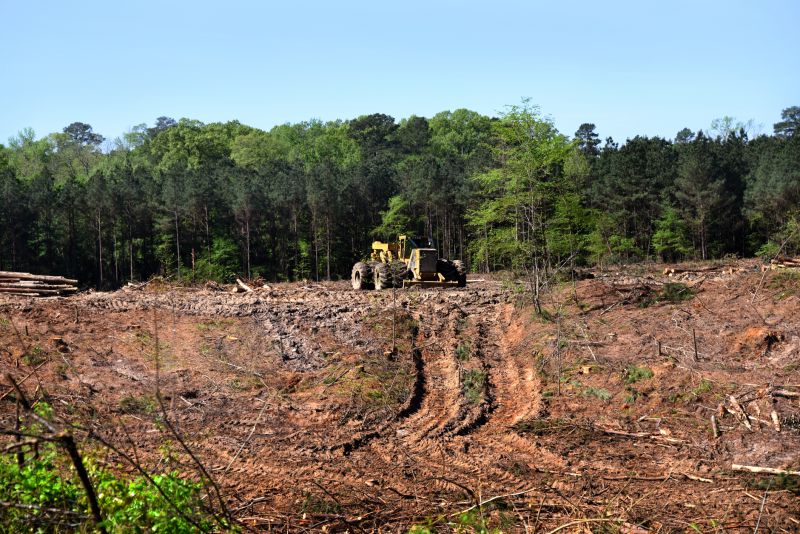
Equipment operating on a hillside during dry season

Bare hillside showing dormant plants in winter
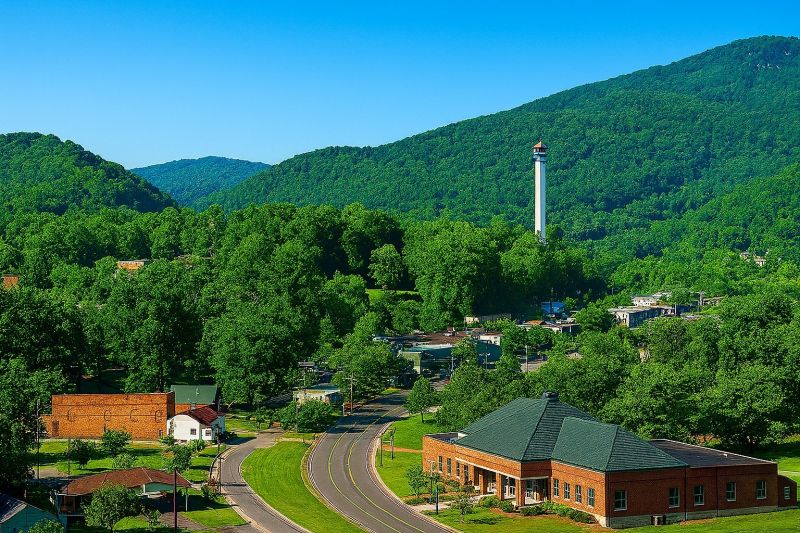
Clear sky over a hilly landscape

Ways to make Hill Clearings work in tight or awkward layouts.
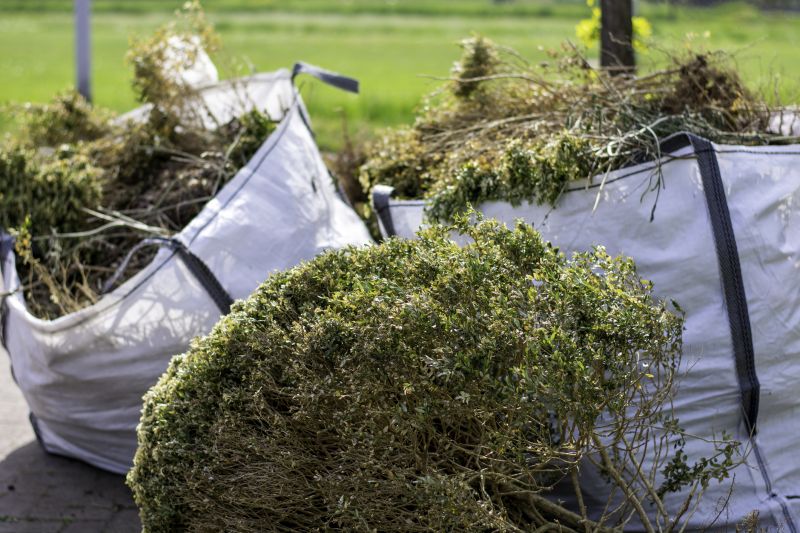
Popular materials for Hill Clearings and why they hold up over time.
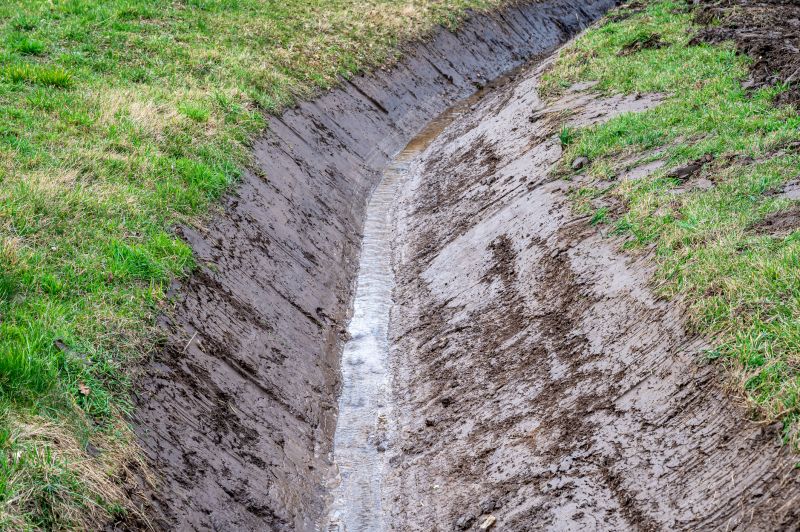
Simple add-ons that improve Hill Clearings without blowing the budget.
Hill clearings are often created to improve land accessibility, support construction projects, or establish agricultural plots. The process involves removing trees, shrubs, and other vegetation, which can significantly alter the landscape. Proper timing ensures that the impact on the environment is minimized and that the land is prepared efficiently.
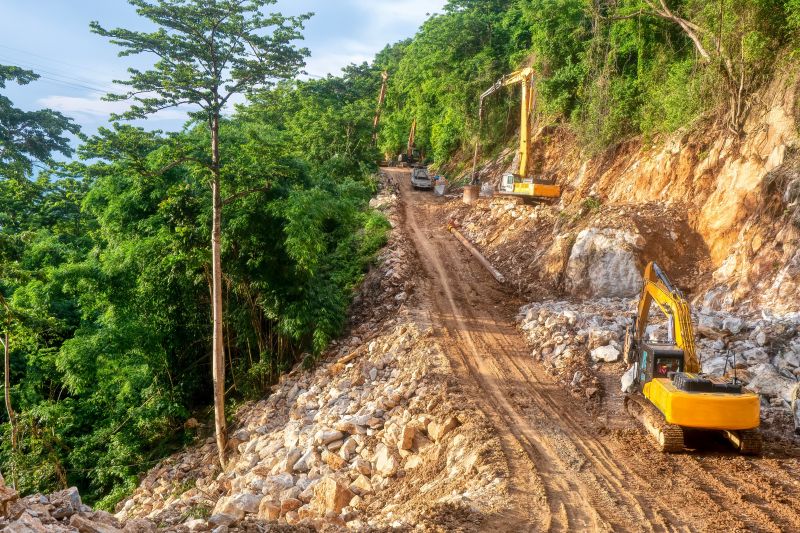
Heavy machinery working on a hillside
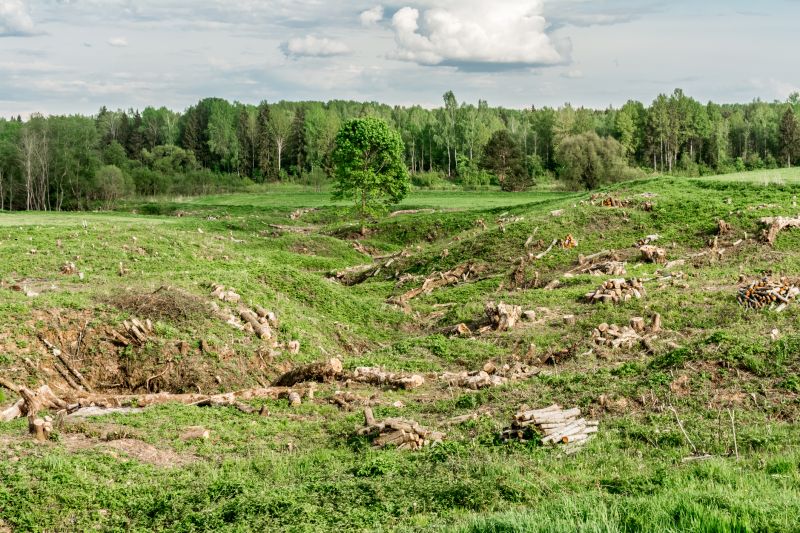
Open hillside after vegetation removal
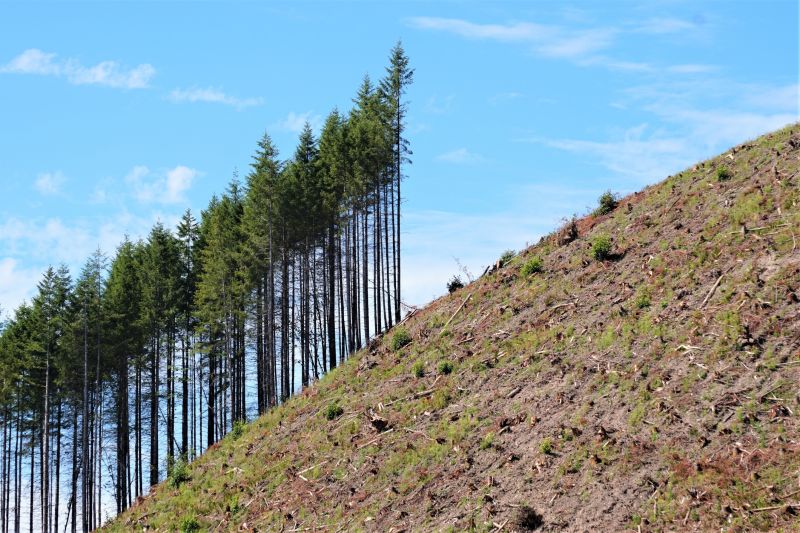
Hillside in early spring

Young plants regrowing after clearing

High-end options that actually feel worth it for Hill Clearings.

Finishes and colors that play nicely with Hill Clearings.

Little measurements that prevent headaches on Hill Clearings day.

A 60-second routine that keeps Hill Clearings looking new.
| Timing Factors | Details |
|---|---|
| Season | Late winter to early spring is preferred for minimal disruption. |
| Weather | Dry conditions reduce erosion and facilitate access. |
| Vegetation | Dormant periods support easier clearing and quicker recovery. |
| Regulatory Compliance | Check local regulations for permissible clearing times. |
| Environmental Impact | Avoid active growing seasons to protect ecosystems. |
| Soil Conditions | Moist but not saturated soil is ideal for machinery and safety. |
| Wildlife Activity | Schedule during periods of low wildlife activity to reduce disturbance. |
